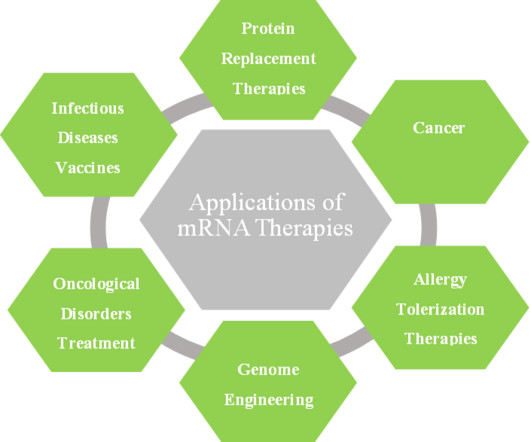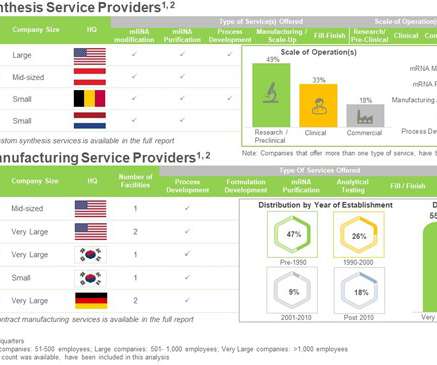RNA Therapeutics: A Novel Approach to Treating Diseases
Roots Analysis
OCTOBER 22, 2023
RNA therapeutics are a novel class of biopharmaceuticals that harness the power of RNA molecules for the treatment and prevention of a wide range of disorders, including oncological, and genetic disorders as well as infectious diseases. Non-coding RNAs include antisense oligonucleotides (ASOs) and RNA aptamers.













Let's personalize your content